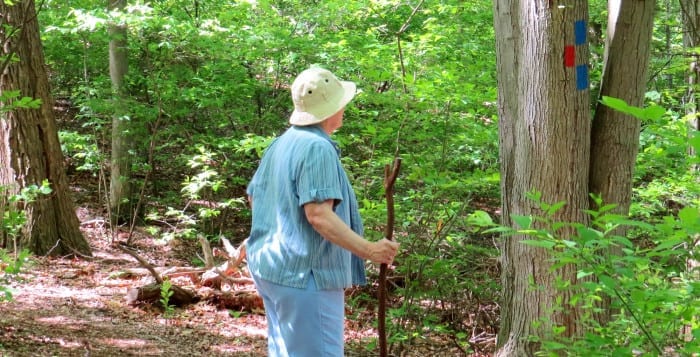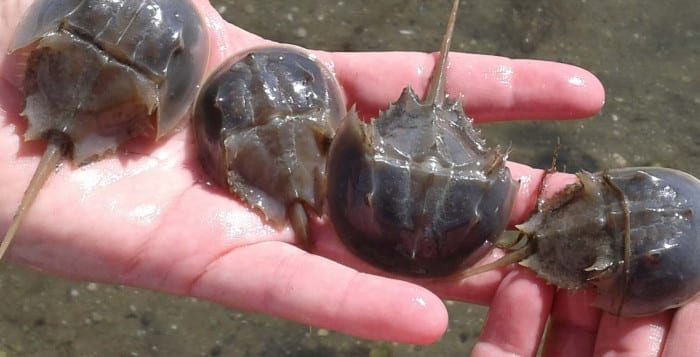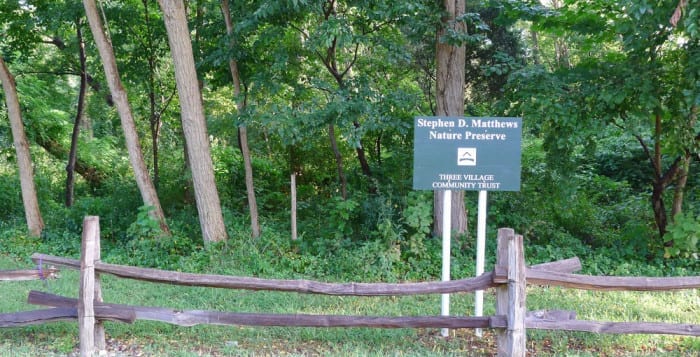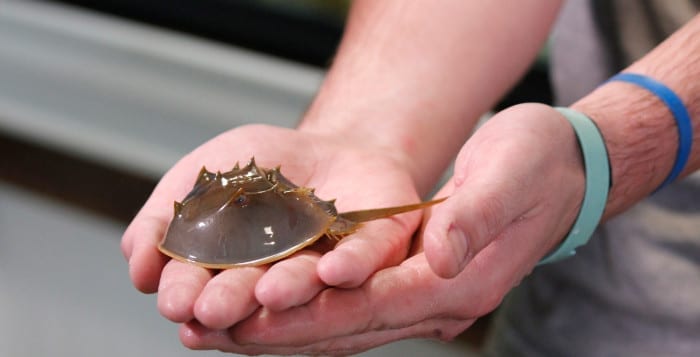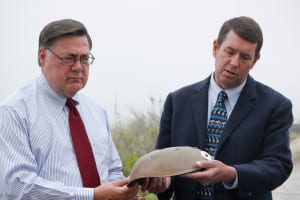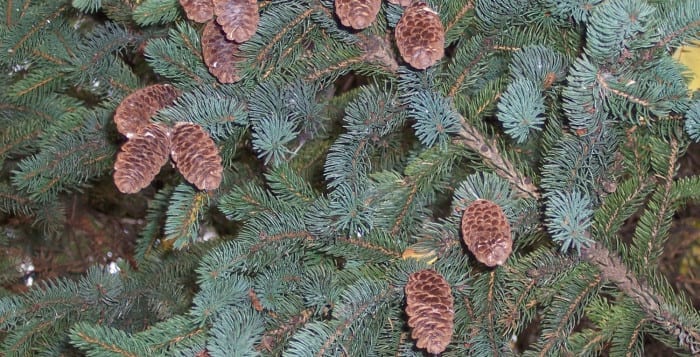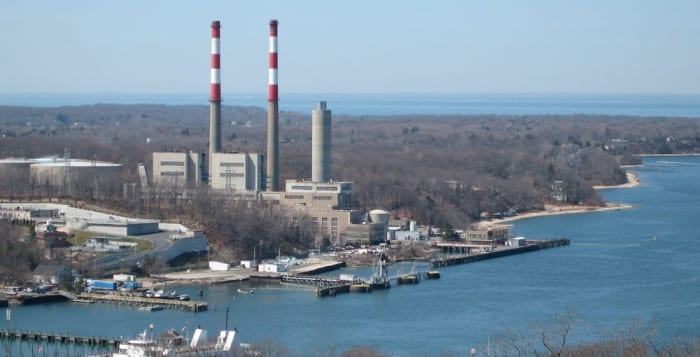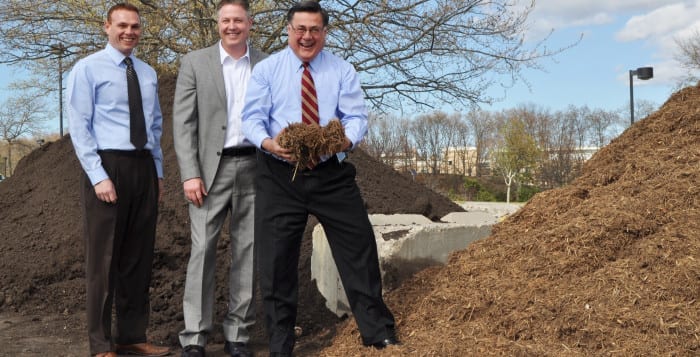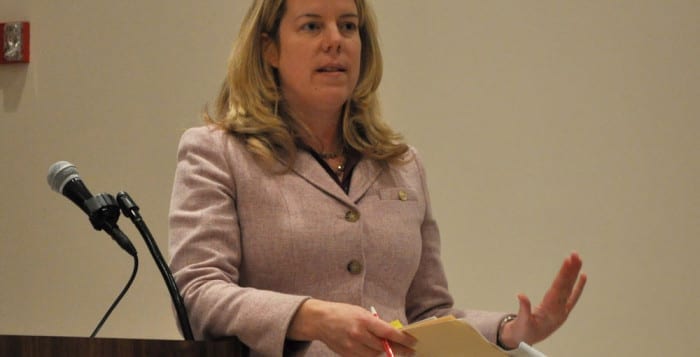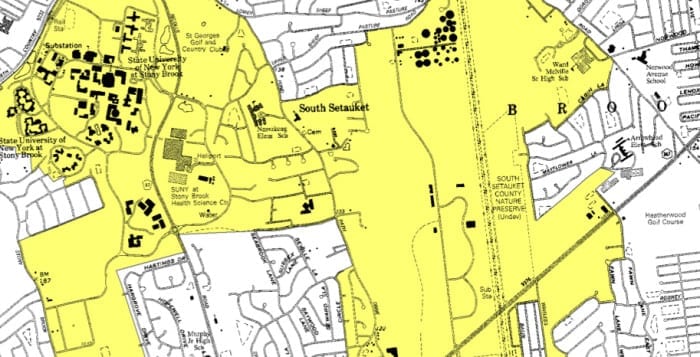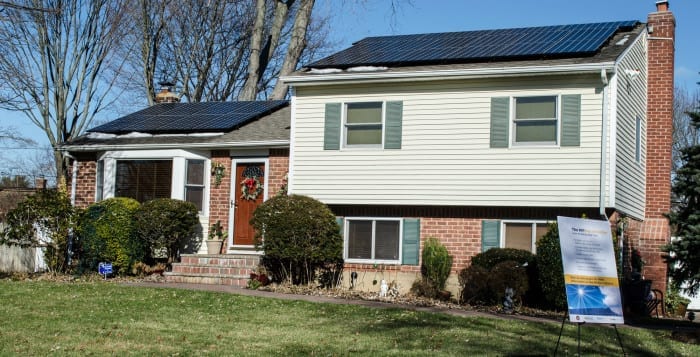by Beverly C. Tyler
Walking the nature trails at the 80-acre Sherwood-Jayne Farm on Old Post Road in East Setauket is a delight.
My wife, Barbara, and I walked the three trails this past Friday about 10 a.m. It had rained Thursday night, however the trails were completely dry and the soft covering of well-trodden leaves made the walk easy and pleasant underfoot.
A kiosk marks the start of the trails and identifies the route and color markings of each trail. The start of the walk is slightly uphill and slightly narrower than the rest of the trails. Stay to the left throughout and you will go from the white trail to the blue trail and then the red trail.
The morning of our walk the sun was shining through the trees and the birds were singing their various calls.
There are red-tailed hawks and great horned owls nesting in the trees.
We saw them earlier in the spring but on this day the tree cover was sufficient to hide their nests and the circling of the hawks. The singing of the birds and the rat-a-tat-tat of the woodpeckers continued throughout our walk.
The mid point is also the low point of the walk and ferns dominate. We were at the closest part to Route 25A but we couldn’t hear any traffic noise, just the wind through the tops of the trees and the birds.
The walk descended gently from a height of 125 feet to the low point of 70 feet above sea level. It curves through the area behind Sherwood-Jayne House. It took us about 45 minutes to complete the walk on all three trails, arriving back where we started.
This Sunday, May 31, come and enjoy a family day at the farm, from 12:30 to 3:30 p.m. The occasion is the Third Annual Sheep Shearing Festival at Sherwood-Jayne Farm, 55 Old Post Road, East Setauket. Admission is $5 per person or $20 per family, and car parking is free.
At 1 p.m., take a walk on the nature trails with the Seatuck Environmental Association, the group that designed and built the trails. At 2 p.m., watch Tabbethia Haubold of the Long Island Livestock Co. shear the sheep and talk about the secrets of wool gathering.
Beverly Tyler is the Three Village Historical Society historian.

